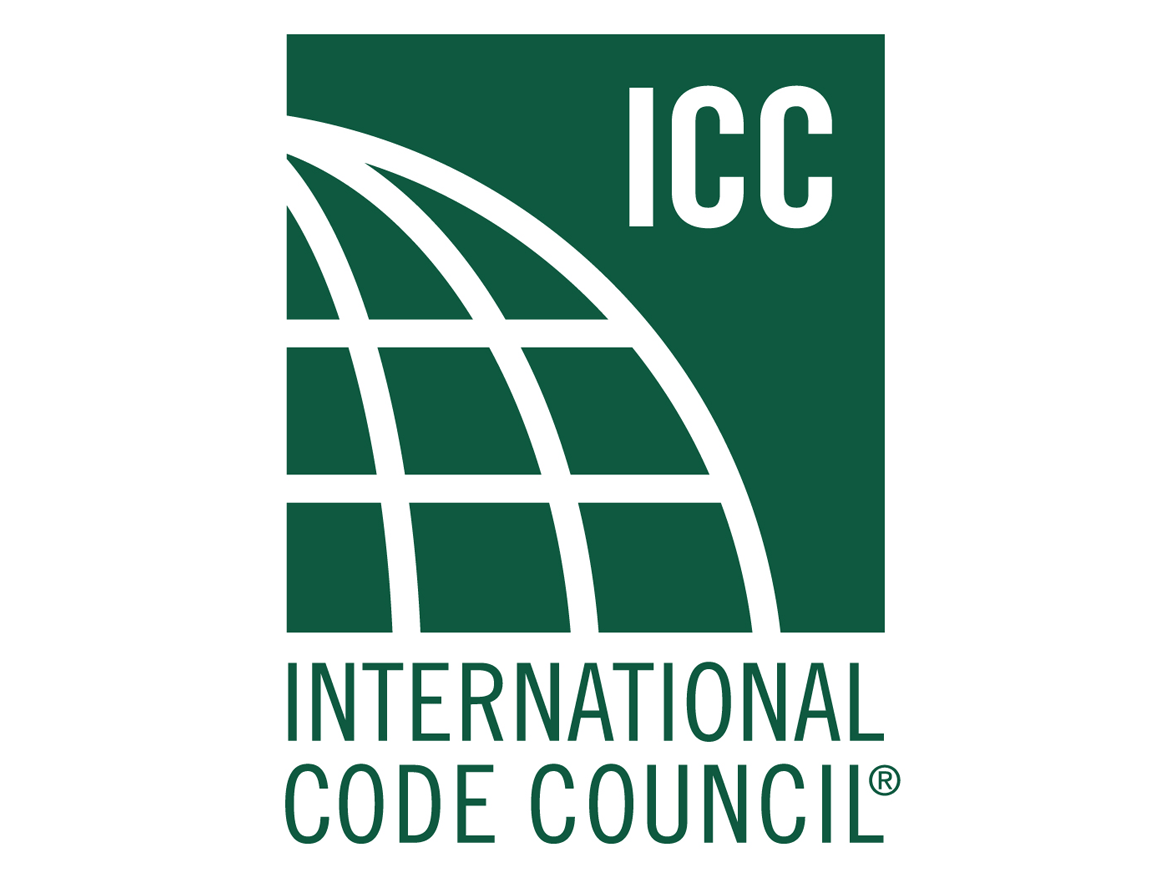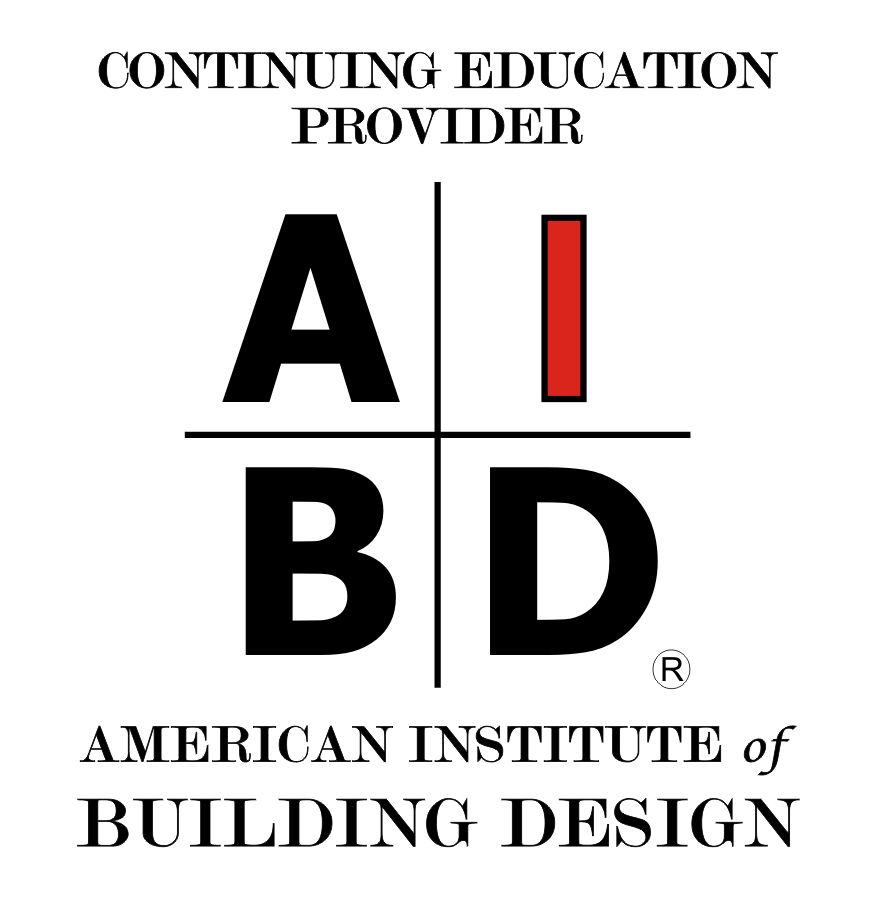
Allan Poore - Chaos
Chaos visualization tools and architectural design
Sponsored by Architectural Record | Presented by Allan Poore
In a conversation between Design:ED and Allan Poore of Chaos, Poore explains how Chaos’s visualization tools, such as V-Ray, Enscape, and the recently acquired Evolve Labs suite (including tools like Veras, Gly, and Morpheus), are reshaping architectural workflows. He emphasizes their focus on real-time rendering, AI-driven automation, and usability across devices, enabling faster design decisions and more accessible visualization. The discussion highlights the potential of AI to eliminate tedious tasks like dimensioning, while also noting the importance of retaining architectural understanding. Poore shares insights into Chaos’s strategy of integrating media and entertainment innovations into architecture, the collaborative future of design, and Chaos’s ongoing commitment to balancing realism with performance and flexibility.

Photo courtesy of Chaos
Archipelago House project by Radek Ignaciuk
 |
Aaron Prinz is the host of the Design:ED Podcast and holds a Masters of Architecture degree from the University of Texas at Austin. He was born and raised in the rural Northern California town of Red Bluff, just two hours south of the Oregon border. After one year of college, Prinz relocated to San Francisco to pursue a career in stand-up comedy. At age 26, he began studying architecture at Portland State University while interning at Studio Petretti Architecture led by Amanda Petretti. His professional contributions while at Studio Petretti were focused on a portion of the new Multnomah County Courthouse which is a prominent addition to the Portland skyline. He currently resides in Austin, Texas with his wife Roxanne where he continues to work as a designer. |
LEARNING OBJECTIVES
- Identify how Chaos visualization tools, including V-Ray and Enscape, support decision-making in architectural design through real-time rendering and asset integration.
- Evaluate the role of AI-driven automation in streamlining repetitive tasks such as dimensioning and documentation within Revit-based workflows.
- Differentiate between the use cases for real-time and offline rendering tools in architectural and client-facing applications.
- Explore the intersection of architectural and media visualization technologies to enhance design accuracy, collaboration, and project efficiency.












